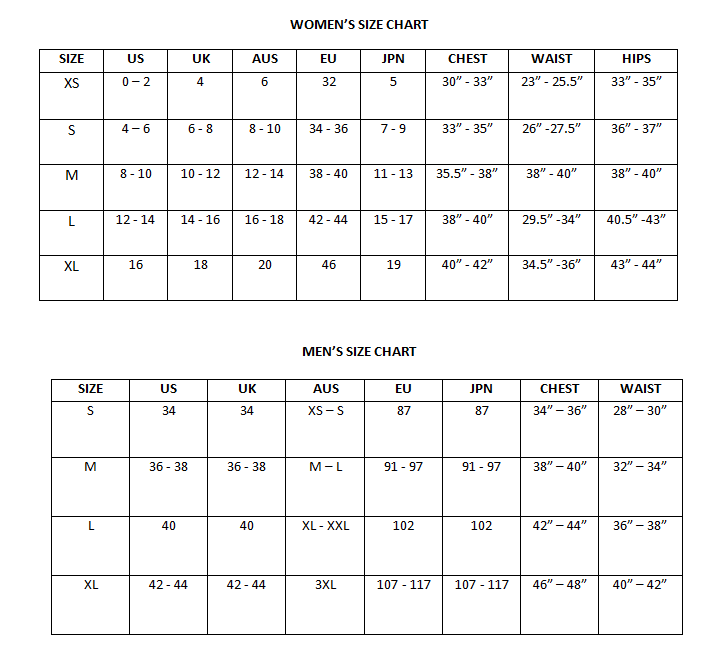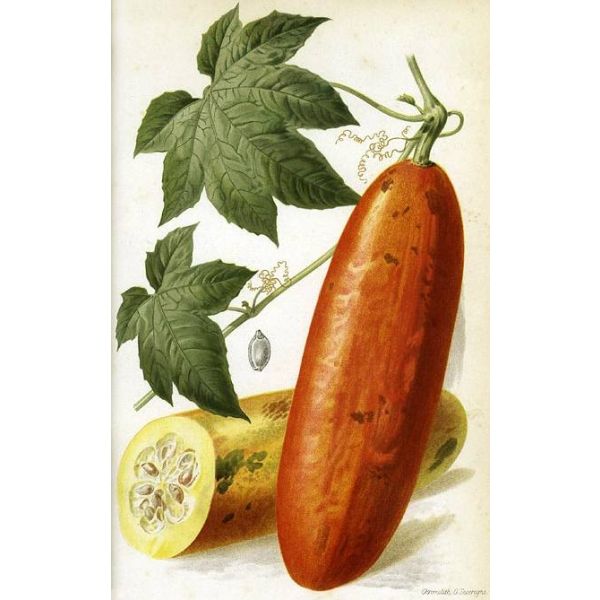Sicana Odorifera Seeds (Cassabanana Seeds)
Sicana Odorifera Seeds (Cassabanana Seeds)
Renowned for its strong, sweet, agreeable, melon-like odor, the striking fruit is ellipsoid or nearly cylindrical, sometimes slightly curved.

Delivery
All orders shipped with UPS Express.
Always free shipping for orders over US $250.
All orders are shipped with a UPS tracking number.
Returns
Items returned within 14 days of their original shipment date in same as new condition will be eligible for a full refund or store credit.
Refunds will be charged back to the original form of payment used for purchase.
Customer is responsible for shipping charges when making returns and shipping/handling fees of original purchase is non-refundable.
All sale items are final purchases.
Help
Give us a shout if you have any other questions and/or concerns.
Email: contact@domain.com
Phone: +1 (23) 456 789
Availability: Out of stock
SKU
Sicana Odorifera
The sicana odorifera or cassabanana is a member of the Cucurbitaceae family. Brazil native, and cultivated in parts of Central and South America. Sicana is a perennial vine, herbaceous and fast growing. This plant is heavy, requiring a strong trellis. It can climb trees up to 50 ft (15 m) high or more by means of 4-parted tendrils equipped with adhesive discs that can adhere tightly to the smoothest surface.
Renowned for its strong, sweet, agreeable, melon-like odor, the striking fruit is ellipsoid or nearly cylindrical, sometimes slightly curved. It is 12 to 24 in (30-60 cm) in length, and 2 3/4 to 4 1/2in (7-11.25 cm) wide, thick, and hard-shelled. The fruits can be orange-red, maroon, dark-purple with tinges of violet, or jet-black. The skin is smooth and glossy when ripe, with firm, orange-yellow or yellow, cantaloupe-like, juicy flesh, 3/4 in (2 cm) thick.
In the central cavity, there is softer pulp, a soft, fleshy core, and numerous flat, oval seeds, 5/8 in (16 mm) long and 1/4 in (6 mm) wide, light-brown bordered with a dark-brown stripe, in tightly-packed rows extending the entire length of the fruit. Can be eaten raw, or use for jam and preserves. The immature fruit is often cooked and served in soups and stews. Ripened fruits are also be used as a centerpiece, to perfume an entire room with a wonderful, fresh, melon fragrance. The cassabanana remains in good condition for several months if kept dry and out of the sun.
The young stems are hairy. The leaves are gray-hairy, rounded-cordate(heart-shaped) or rounded kidney-shaped, up to 1 ft (30 cm) wide, deeply indented at the base, 3-lobed, with wavy or toothed margins, on petioles 1 1/2 to 4 3/4 in (4-12 cm) long, with leaves as much as a foot across.Sicana tree produces bright yellow, fragrant blooms. The flowers are white or yellow, urn-shaped, 5-lobed, solitary, the male 3/4 in (2 cm) long, the female about 2 in (5 cm) long.
Hardiness zones: 4-11(-32øC/-25øF, 4øC/40øF) in winter. It will grow well in heat and humidity. Use a mixture made up with 50% of horticultural compost, and 50% sand or pearlite. Place in the sun.
| Common name | Cassabanana |
|---|---|
| Species | Sicana odorifera |
| Germination | First, you need to soak the seeds in tepid water for 24 hours. Then sow them in a mixture made up with 50% of horticultural compost, and 50% sand or pearlite. Place the mix in the sun. Do not water too much. The best period for sowing is March/May. Germination takes anywhere from 4 to 6 weeks. |
| Price View | Price Range |

